‘Organic and childish’: Art professor encourages comics and creativity
Vicky Grube, App State art education professor, stands for a portrait in her Wey Hall studio office.
October 12, 2022
Connected to the Turchin Center for the Visual Arts, around a corner and up a fire escape sits a hidden classroom lined with art supplies, covered in paint splatters and decorated with student work. On Wednesday afternoons, an art education professor with pink glasses and a warm smile occupies the classroom, cracking the windows open and letting the fall breeze brush in.
Victoria Grube, more commonly known as Vicky, has been a professor at the university since 2005. Originally from Illinois, Grube received her masters in early childhood education from the University of Illinois and her masters in theater arts from the University of Iowa.
On Mondays and Wednesdays at 2 p.m., Grube teaches a class titled Cultivating Creative Expression Through Visual Arts, and is open to all students. For most of them, it fulfills a general education requirement.
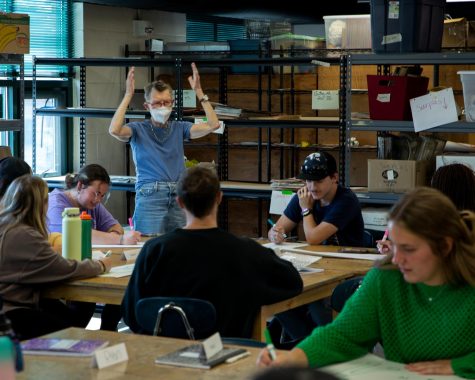
The day’s assignment, scrawled on a green chalkboard, calls for students to work together. In a follow-the-leader type assignment, students work in pairs where one follows the other to draw characters such as mermaids and chefs. An instrumental jazz version of “La Vie en rose” twirls around the room while Grube encourages students to let their creativity flow.
Students chat and smile with each other while they draw on large poster boards with Crayola markers.
“Having fun drawing,” said Grube when asked what the day’s lesson was. “Why get uptight about it? Just draw, and have fun with your community and the people in the room. There’s too much pressure to draw the right or the wrong way.”
Sophomore interior design major Kate Nazzaro signed up for the class on a whim. She said Grube greatly encourages creativity.
“It’s okay if it looks bad. Art is supposed to be organic and childish,” Nazzaro said.
This is the first semester this class is being taught. The curriculum is motivated by Grube’s own fascination with storytelling, childlike imagination and a fascination with a particular art form — comics.
“That’s why I love teaching this class. I like the students being so open about their lives,” Grube said. “I mean, we don’t have them telling stories, but through their drawings you can see they reveal who they are. And they’re very wonderful.”
Grube said even though they aren’t writing their own stories down, the drawings act as a form of expression. Almost none of the students are art majors, and when asked how much experience they have drawing some said “almost none.”
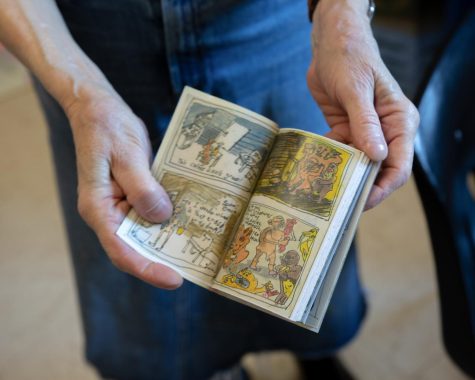
“She likes how individual the drawing is,” said Nick Mishue, a sophomore economics major and student in the class. “It might not be objectively good, but she likes that it really can’t be reproduced.”
In her art education classes, she assigns students to make comics about their own lives. Grube said some students struggle telling their personal stories and will come talk to her about it.
“I think it’s helpful to hear about someone else’s struggles because it doesn’t make you feel so alone,” Grube said. “I think sometimes you can feel that you’re singled out and when you hear other people who have had a tough time you think, ‘Well, it’s not just me.’”
Instead of asking students to draw “perfectly” or with “accuracy,” Grube wants students to express themselves through the comics.
“It’s hard for lots of people. What do they do about it? And then you find out they play music, or they dance or they go to the theater, they listen to something.” Grube said. “So a lot of them end up making comics.”
As for Grube, she draws, writes and publishes her own comics in small 3 inch by 5 inch books. She then sends them to two different bookstores in Chicago where they are sold for $15 each. Her comics are based on her own experiences in life and often touch on difficult subjects from poverty to civil rights.
A source of inspiration for the class comes from another professor’s work, Grube said. A copy of “Syllabus: Notes from an Accidental Professor” by Lynda Barry can be found on her classroom desk, and acts as a partial guide for the class. Barry’s book is derived from her own experiences as an art educator, and the ways she developed her classes.
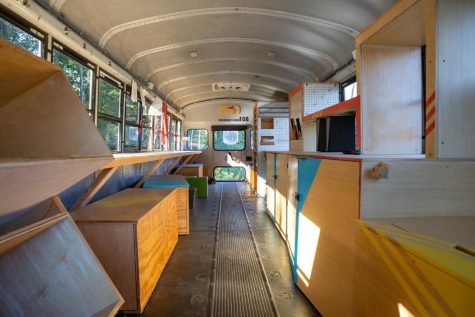
“I’m inspired by her because she uses comics as a method to teach, and I thought, ‘Oh, I love that,’” Grube said. “So I look at her work and I’m inspired. And so that’s where I get my enthusiasm and delight, from Lynda Barry.”
The “childish” aspect she encourages in her students drawings is also found in another place in her career –– her 20 years of experience working with child artists.
While living in Iowa City, Iowa, Grube directed an arts-based preschool program that earned her doctorate in art education from the University of Iowa. The program consisted of 30 children ages 3 to 5 years old that allowed them a space to be artistically creative. Throughout the course of this program, Grube documented the students’ approaches to art and the art they created themselves to compile her dissertation.
Looking to get out of the Midwest, Grube accepted a position as an art education professor in 2005, and has been at the university ever since. She established herself in the educational and art communities by bringing the art-centered after school program called Room 13 to Boone in 2010.
“I set up my own Room 13 and became really, really popular,” Grube said. “And it was so popular that the room was just jammed with kids making things.”
Based on an after school program in Scotland titled Room 13, where children were given creative freedom to draw, paint, sculpt or craft anything they please, Grube facilitated her own space which gave children the opportunity to make their own art.
The program gained a lot of recognition and even the chancellor came to visit, Grube said.
Due to its popularity prior to COVID-19, Grube had received a grant to expand the program. With money from the former dean of the College of Fine and Applied Arts, Phyllis Kloda, Grube, along with program coordinators, bought a used Wilkes County school bus to take Room 13 outside the classroom. In 2019, her students helped paint the bus and the sustainable development department helped build out the bus to be environmentally conscious.
Ready to hit the road, Grube was excited to get the bus up and running, but as the pandemic came it kept postponing its lift off.
“We couldn’t take it out. And then all of a sudden, it got painted over and got painted white, and now it’s over in motor pool,” Grube said. “It’s just sitting there, and we’ve had a couple of places invite us to come and perform.”
Frustrated, Grube is left unsure on what the future of the program and the bus looks like but said she would like to get it up and running.
Sustainable development’s data and assessment specialist Jim Dees said he had graduate students design the solar powered system inside of the bus. Dees remembers the bus as having “big plywood figures on the side,” which he assumes was the reason for painting over it as he speculates it was deemed unsafe to drive.
Currently, the bus sits in a surplus warehouse lot off campus on Industrial Park Drive and is turned on and driven once a month to keep it up and running.
While the bus, aptly named Vroom 13, sits dormant, Grube said she wondered “what the children would be painting now in comparison” to her research in Iowa 20 years ago. This led to her observing preschool children’s paintings at Cove Creek Elementary school, a pre-K through eighth grade school in Watauga County, twice a week.
Similar to her program in Iowa, her observations at Cove Creek serve as a research project to better understand children’s creative expression.
“I’m already using what I’ve learned by going out there teaching now,” Grube said. “I noticed that each child goes to the easel and brings a different sense of themselves to the easel.”
Will Hofmann, as Enterprise Editor, is a contributing reporter on this story.

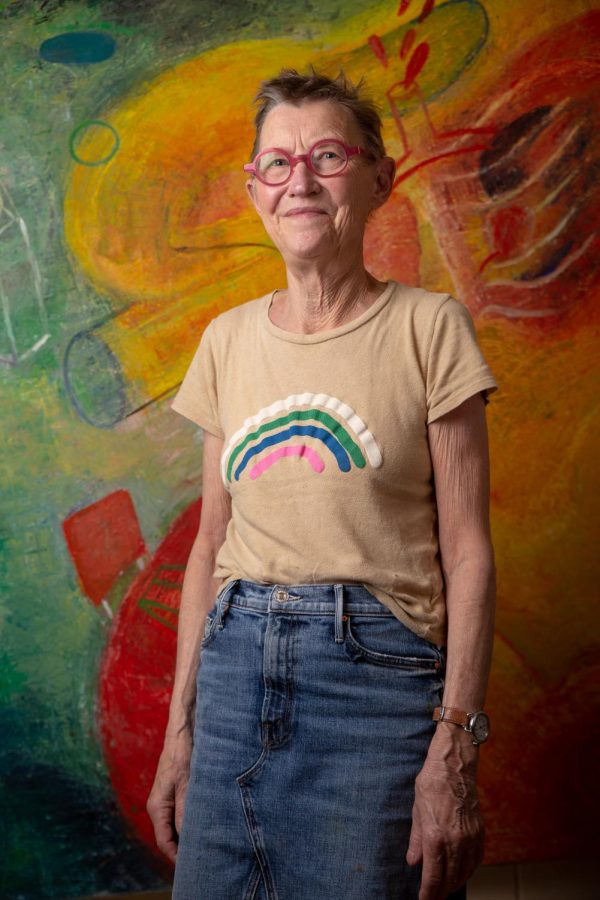
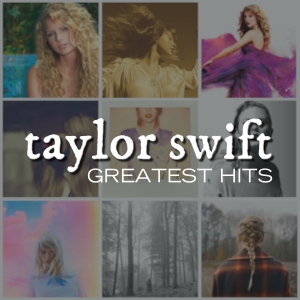
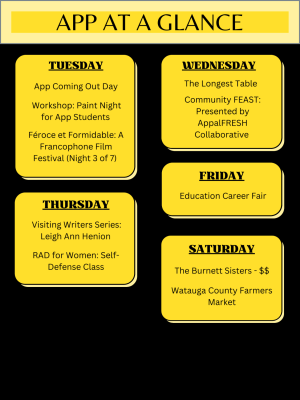
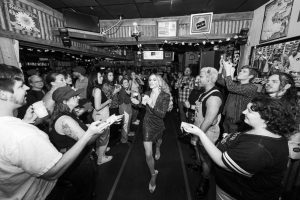
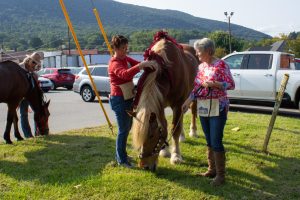
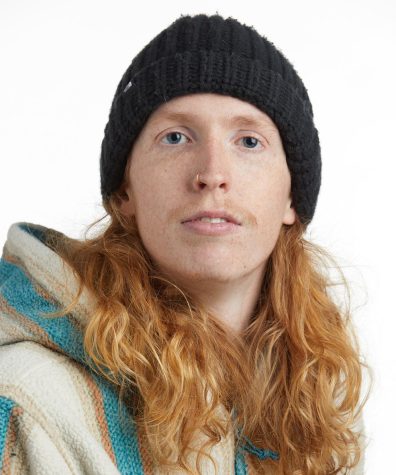


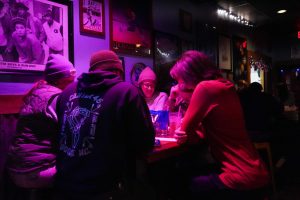

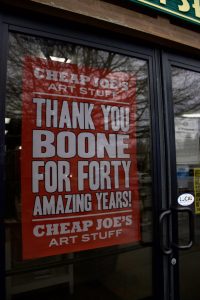





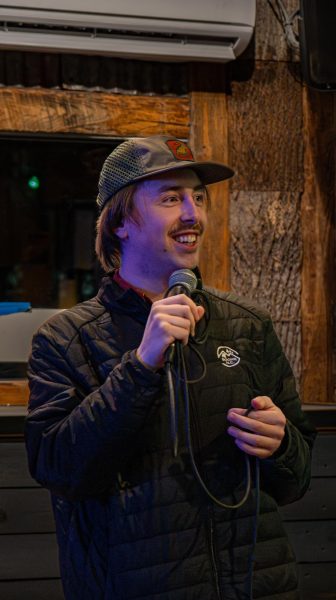
John • Oct 13, 2022 at 7:57 pm
Great article, I really enjoyed it.